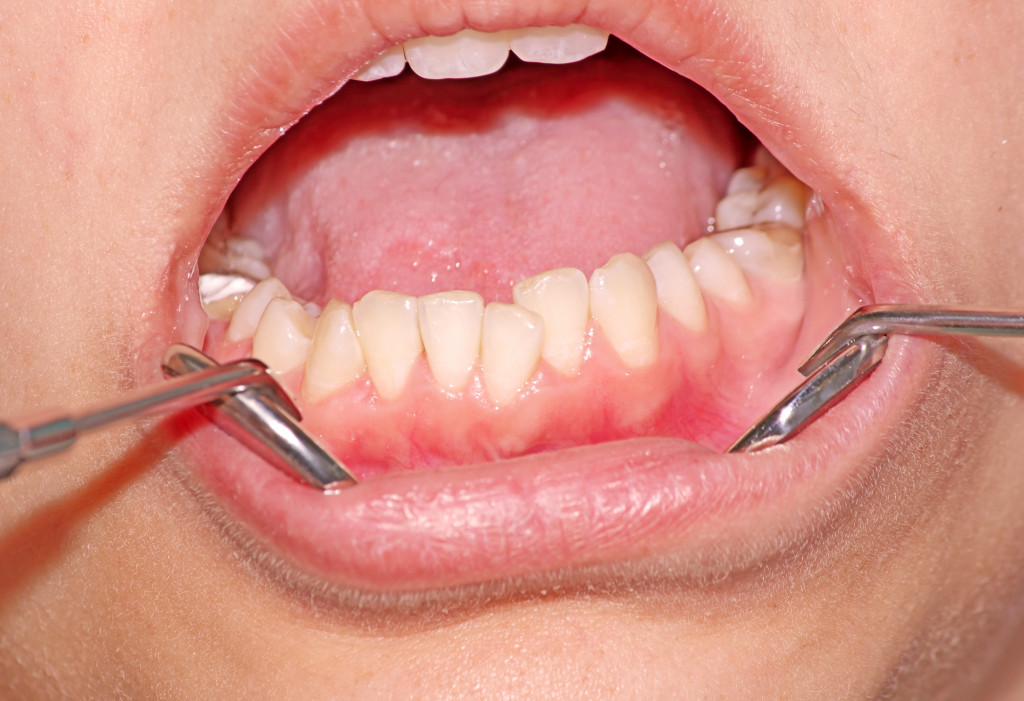When the mouth is shut, the teeth should touch each other lightly. However, in people with malocclusion, the teeth may not touch at all, or they may touch too tightly. Malocclusion can cause several problems, including difficulty biting and chewing food, pain in the jaw joint, and tooth decay. This blog will explore the causes, symptoms, diagnosis, and treatment of malocclusion. But first, let’s start with a definition.
What Is Malocclusion?
Malocclusion is an improper alignment of the teeth. The word “malocclusion” comes from the Latin words for “bad” and “closure.” Malocclusion can be mild, moderate, or severe. It can affect your bite (the way your upper and lower teeth fit together) and the way you look.
People with malocclusion often have teeth that are crowded or spaces between their teeth. Malocclusion can also cause the teeth to be rotated or tipped. The upper and lower jaws may not line up the way they should.
Causes of Malocclusion
There are several factors that can contribute to malocclusion, including:
Hereditary Factors
Malocclusion is often passed down from family members. If your parents or grandparents had malocclusion, you might be more likely to have it as well. This is because the way your teeth erupt (grow in) is determined by your genes.
Thumb Sucking
Thumb sucking is a common cause of malocclusion in children. If your child sucks their thumb, it’s important to discourage this behavior. Thumb sucking can cause the teeth to become misaligned.
Mouth Breathing
Mouth breathing can also cause malocclusion. When you breathe through your mouth, it can dry out your teeth and cause them to shift.
Tongue Thrusting
Tongue thrusting is another common cause of malocclusion. Tongue thrusting is when you push your tongue against your teeth when you swallow. This can cause the teeth to become misaligned over time.
Injury to the Mouth or Teeth
An injury to the mouth or teeth can also cause malocclusion. If you break a tooth, it may not heal properly, which can lead to misalignment.
Symptoms of Malocclusion
The symptoms of malocclusion vary depending on the severity of the condition. Some people with malocclusion have no symptoms at all. Others may experience one or more of the following symptoms:
Crowded Teeth
Crowded teeth are teeth that are too close together. This can make it difficult to brush and floss properly, which can lead to tooth decay. Also, food particles can get trapped between the teeth, which can cause bad breath.
Spaces Between Teeth
Spaces between the teeth can also be a symptom of malocclusion. These spaces, called diastemas, can occur when the teeth are not properly aligned. Diastemas can trap food and bacteria, which can lead to tooth decay.

Misaligned Teeth
Misaligned teeth are another common symptom of malocclusion. Misaligned teeth can be rotated, tipped, or misplaced. This can affect your bite and make it difficult to chew food properly.
Jaw Pain
People with malocclusion may also experience pain in the jaw joint, called temporomandibular joint (TMJ) disorder. This can cause clicking, popping, or grinding sounds when you move your jaw. You may also feel pain in your jaw, neck, and shoulders.
Treatments for Malocclusion
Malocclusion, or an improper alignment of the teeth, is a dental disorder that can be treated in a number of ways. The severity of the condition will determine the best course of treatment. Also, the age of the patient and their overall health will be factors in deciding on treatment.
Some people with malocclusion may not need any treatment at all. For others, treatment may include one or more of the following:
Dental Appliances
Dental appliances, such as braces or retainers can be used to align the teeth and correct the bite. Dental appliances are most commonly used to treat children and adolescents with malocclusion.
Tooth Extraction
In some cases, tooth extraction may be necessary to correct the malocclusion. If your wisdom teeth are causing crowding, it is better to have them removed. Wisdom tooth removal is a common treatment for malocclusion.
Surgery
In severe cases of malocclusion, surgery may be necessary to align the jaws. This type of surgery is called orthognathic surgery. Orthognathic surgery is usually done in conjunction with dental appliances. Also, it is important to note that orthognathic surgery is a major surgical procedure and should only be considered as a last resort.
The best way to prevent malocclusion is to practice good oral hygiene. Brushing and flossing your teeth on a regular basis is essential. You should also see your dentist for regular checkups and cleanings. If you have any concerns about the alignment of your teeth, be sure to discuss them with your dentist. Early treatment can help prevent more serious problems down the road. So, if you think you may have malocclusion, be sure to see your dentist right away.









